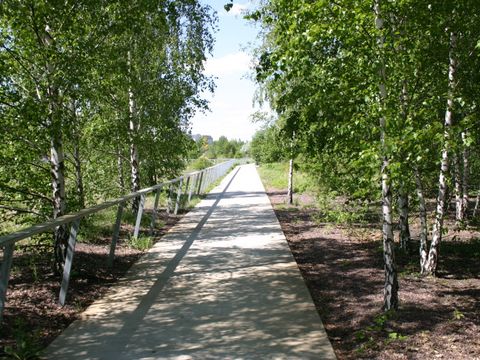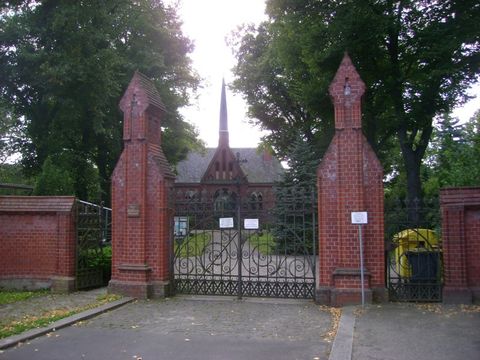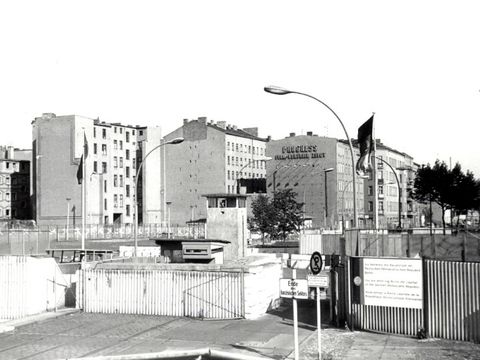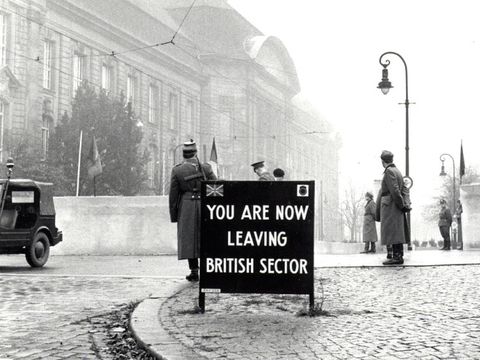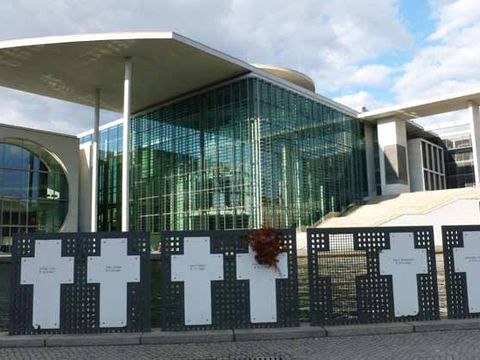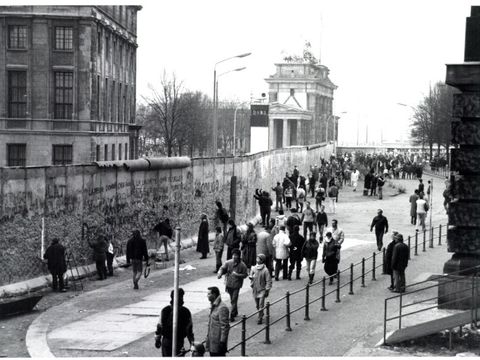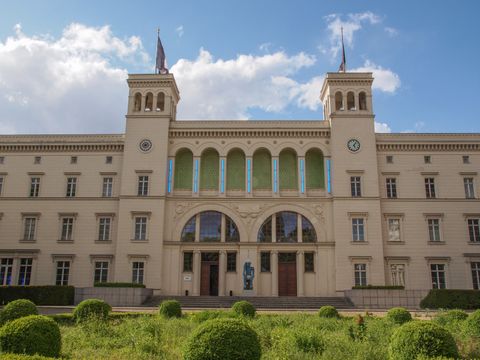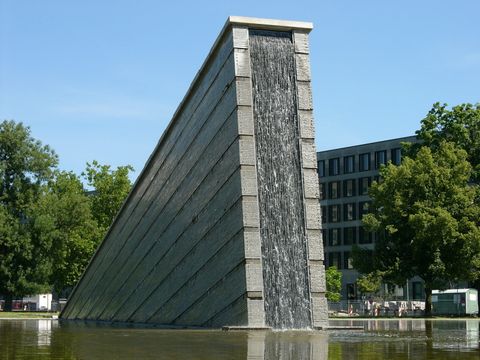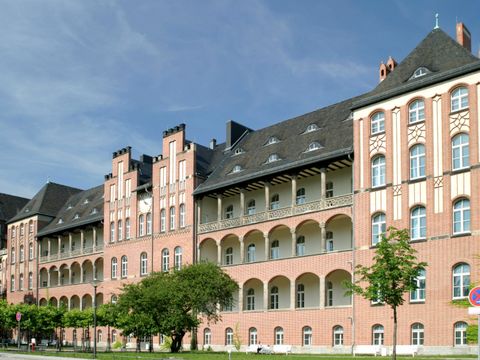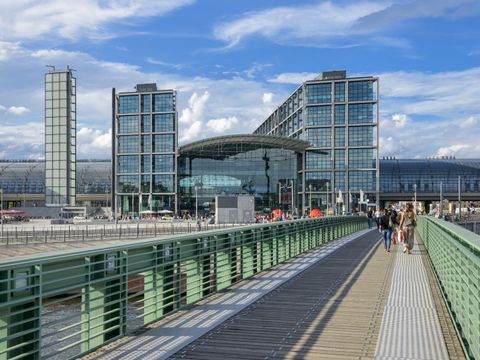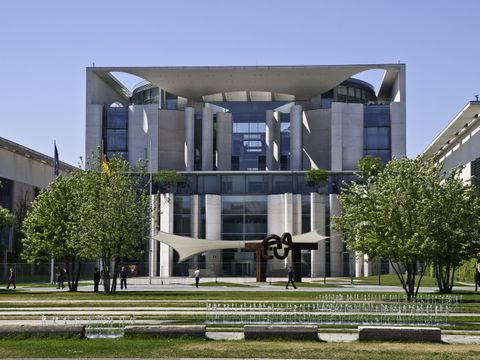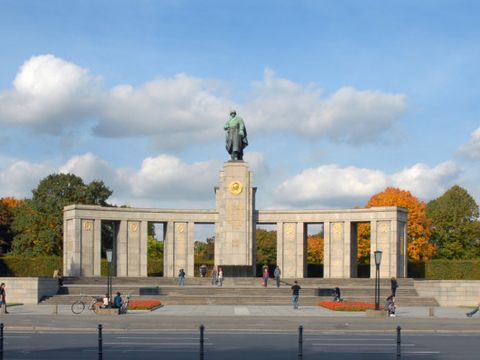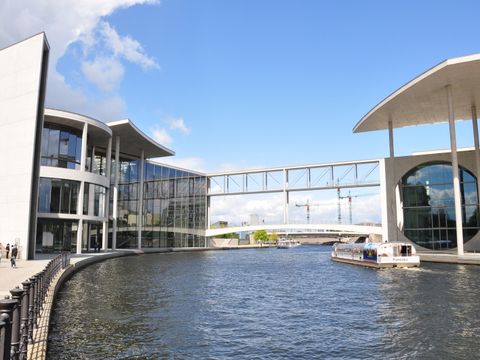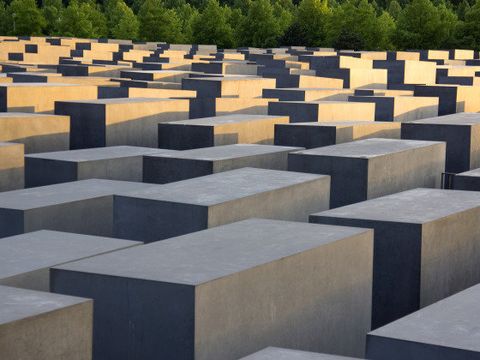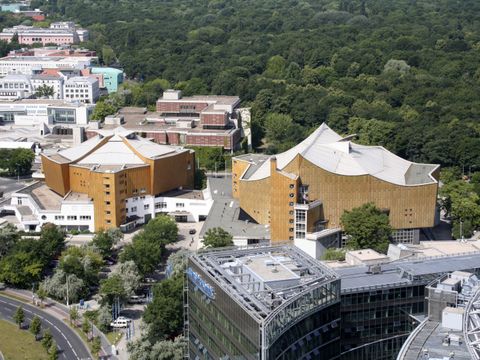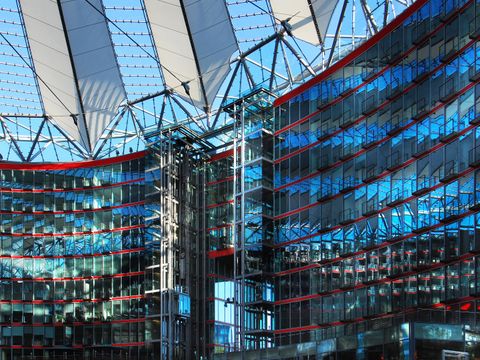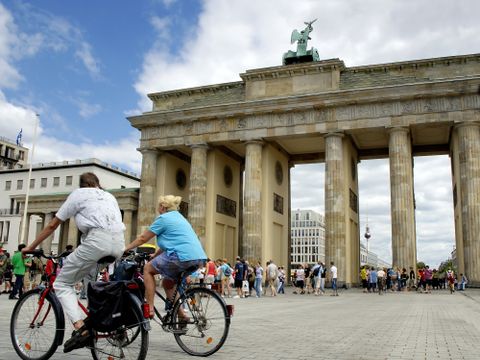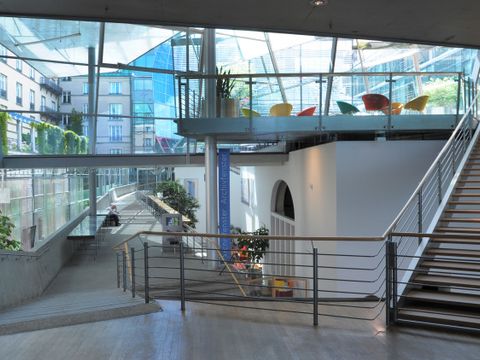Back on the Wall Trail and passing the Reichstag building, which stood right next to the Wall on the West Berlin side, you will come to Brandenburg Gate. Berlin Wall History Mile info boards show you how this Berlin landmark once stood in the middle of the border strip, as well as some of the world-famous images associated with the peaceful fall of the Wall.
In the Brandenburger Tor U-Bahn station (U55) at Pariser Platz, the Berlin Wall Information Center at Brandenburg Gate provides an overview of all the Berlin Wall memorial sites in Berlin and of the history of Berlin’s most famous landmark, Brandenburg Gate, as the symbol of both German division and the joy of reunification. This last stop on the Berlin Wall Trail is just a few minutes away from the Potsdamer Platz subway and S-Bahn station.


 German Sign language
German Sign language